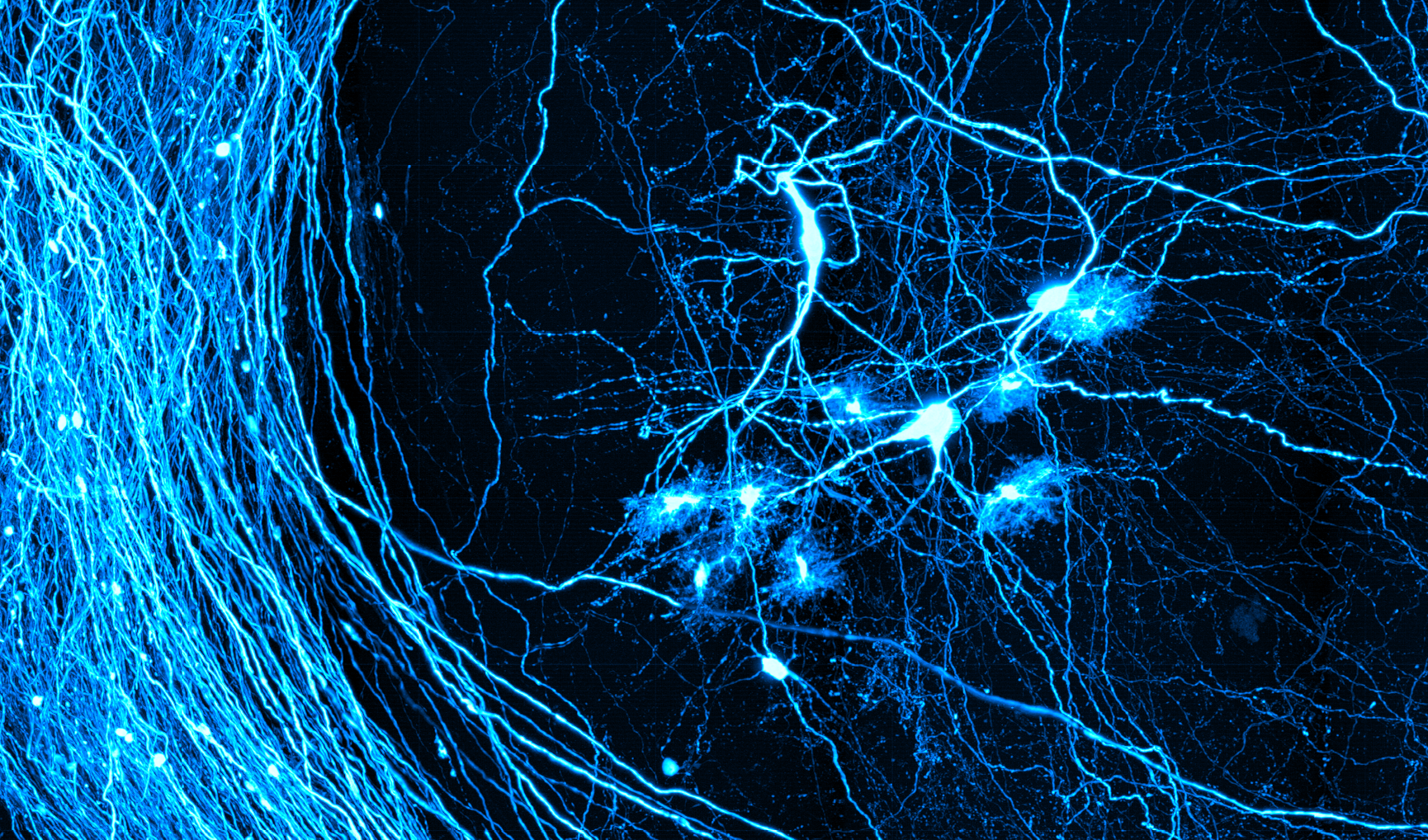Tim O’Shea joins the NPC
 Tim O’Shea is an assistant professor in the biomedical engineering department who started at BU in Fall 2020 and subsequently joined the Neurophotonics Center as a faculty member in January 2021. Tim leads the Glia Engineering Lab which is focused on developing new treatments for brain and spinal cord disorders by engineering the functions of glia. Glia are a collection of cells in the brain and spinal cord that interact directly with neurons as well as peripheral cells to ensure healthy nervous system function. In spinal cord injury and stroke, damage to neural tissue destroys large volumes of glia and these cells are not naturally replenished resulting in the formation of lesions that do not support recovery. Dysfunctional glia can also contribute to progression of a variety of neurological diseases such as Alzheimer’s, Parkinson’s disease and Multiple Sclerosis. Although glia are critically important cells for healthy nervous system function, glia have historically been considered only supporting players in what has classically been neuron-centric neuroscience research but recently the spotlight has shift their way.
Tim O’Shea is an assistant professor in the biomedical engineering department who started at BU in Fall 2020 and subsequently joined the Neurophotonics Center as a faculty member in January 2021. Tim leads the Glia Engineering Lab which is focused on developing new treatments for brain and spinal cord disorders by engineering the functions of glia. Glia are a collection of cells in the brain and spinal cord that interact directly with neurons as well as peripheral cells to ensure healthy nervous system function. In spinal cord injury and stroke, damage to neural tissue destroys large volumes of glia and these cells are not naturally replenished resulting in the formation of lesions that do not support recovery. Dysfunctional glia can also contribute to progression of a variety of neurological diseases such as Alzheimer’s, Parkinson’s disease and Multiple Sclerosis. Although glia are critically important cells for healthy nervous system function, glia have historically been considered only supporting players in what has classically been neuron-centric neuroscience research but recently the spotlight has shift their way.
In the lab Tim and his students are studying glia in the context of injury, degenerative diseases and foreign body responses using in vivo rodent models. As part of this work, they are also developing new bioengineering tools that can regulate glia functions and serve as new therapies. Biomaterials are the foundation of their bioengineering toolkit and the group is currently working on synthesizing and characterizing a variety of glycan-based biomaterials that are composed of polymers with biologically inspired supramolecular functionalities that afford tunable physiochemical and biological properties. The lab also maintains transgenic neural cell lines that are used in transplantation studies and interrogating glia-biomaterial interactions. The lab applies the bioengineering tools they develop to models of stroke and spinal cord injury in the mouse and incorporates cutting edge cell and molecular techniques such as immunohistochemistry (IHC) and transcriptomics to evaluate therapeutic outcomes.
Tim and his lab are excited to be involved in the BU Neurophotonics community. Since joining at the start of this year Tim has already initiated collaborations with leading imaging experts in the Neurophotonics center to apply advanced imaging techniques such as 2 photon microscopy, optical coherence tomography and ultrasound to study functional outcomes of a promising glia repair strategy in cortical and sub-cortical stroke injury models. Tim and his team look forward to working on other collaborative projects with the Neurophotonics center in the coming years.

